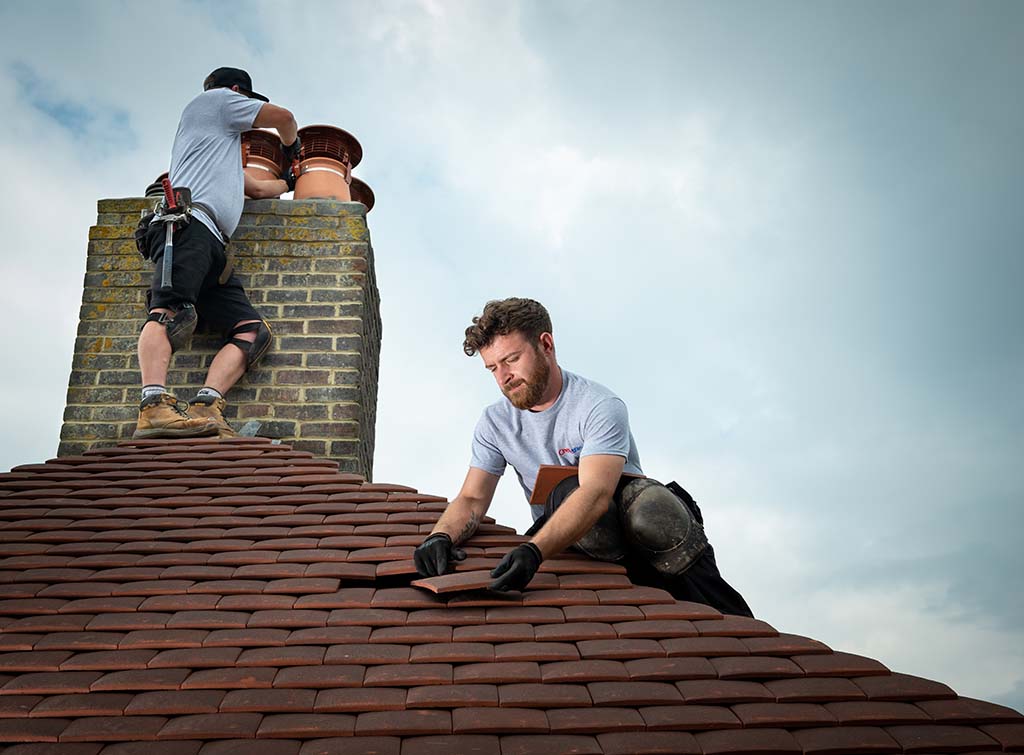
Roof damage, such as missing or sagging tiles, or persistent leaks despite repeated repairs, is a sign that it may be time to replace the roof. Many homes in the UK have slate and tile roofs. While these materials are very durable, over time they can wear out. If you notice damp patches in the ceiling, mold growth or an increase in your energy bill, it could be a sign that your roof no longer provides adequate protection. Older roofs-those over 20 to 25 years-are more likely to need replacement. A professional roofer should inspect the entire area to determine any damages. A professional roofer can give you a comprehensive report that will help determine whether or not a full replacement or partial repair is needed. Regular maintenance can extend a roof's lifespan, but eventually, every roof reaches the end of its functional life.
Identifying the right time for roof replacement is crucial to avoid further damage and unnecessary expenses. Minor repairs may prolong the lifespan of the roof. However, there are signs that indicate it's time to completely replace the roof. Frequent leaks are a sign to look out for, particularly if the water is starting to enter the house. Even small leaks can lead to extensive water damage, including mold, mildew, and compromised insulation. Other signs include missing or cracked tiles, sagging roof sections, or increased energy bills due to poor insulation. If the roof is over 20 years old and exhibiting these signs, it is likely time for a full replacement. Ignoring these symptoms could lead to more severe problems, including structural instability and extensive interior damage.
The cost of Typical roof replacement prices in the UK varies widely, depending on the size of the roof, the chosen materials, the complexity of the structure, and the region. A complete roof replacement for a three-bedroom standard semi-detached home can range between 5,000 to 12,000. The cost of labour is often a large part of this, while scaffolding and the removal and disposal waste also adds to it. However, this investment is often offset by increased property value and reduced future maintenance costs. You should get at least 3 quotes from reputable roofing contractors. Make sure they belong to a NFRC or TrustMark member organisation. Clear contracts, insurance coverage, and written guarantees are also essential to protect homeowners from poor workmanship or unexpected delays. A quality roof can be expensive, but it will provide long-term security. To acquire more information please look at Roofadvisor

Timing the project correctly can make a significant difference in the ease and success of a roof replacement. The best times to do such work in the UK are during late spring, early summer or early fall when weather conditions tend to be more stable. The wind and rain can create delays, particularly if the construction exposes large sections of roof. Emergency roof replacements can be needed at any time, especially if the roof is damaged by a storm. Booking a contractor ahead of time can reduce the wait during busy seasons. The homeowner should make other logistical arrangements, including informing their neighbours of the upcoming construction, setting aside parking spaces for vehicles and planning for possible noise. A realistic schedule and clear communication will help you manage the process with minimum inconvenience.
Roof replacement in the UK is a major but necessary project that ensures the safety, value, and comfort of a home. With the variety of materials available and a wide range of qualified professionals, homeowners have many options to suit their specific needs and budgets. Staying proactive by recognising signs of roof deterioration and acting promptly can prevent costly damage and future stress. Professionally installed roofing can improve your energy efficiency and last decades. It is a smart long-term investment. Whether dealing with a leaking roof, outdated materials, or storm damage, taking action at the right time is key. By working with trusted roofing experts and making informed choices, UK homeowners can ensure their properties remain protected for years to come.